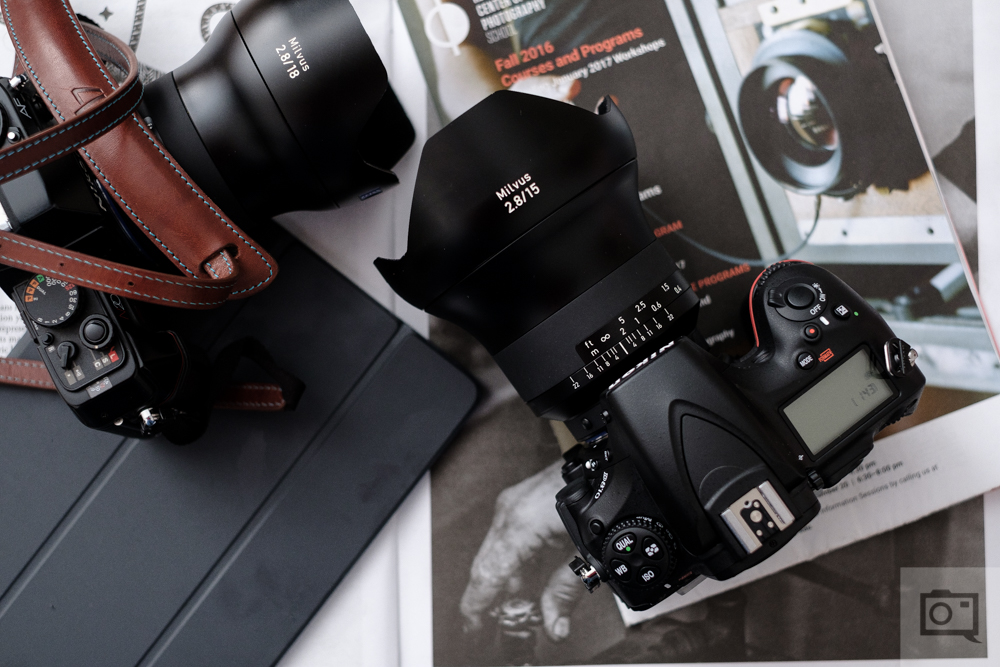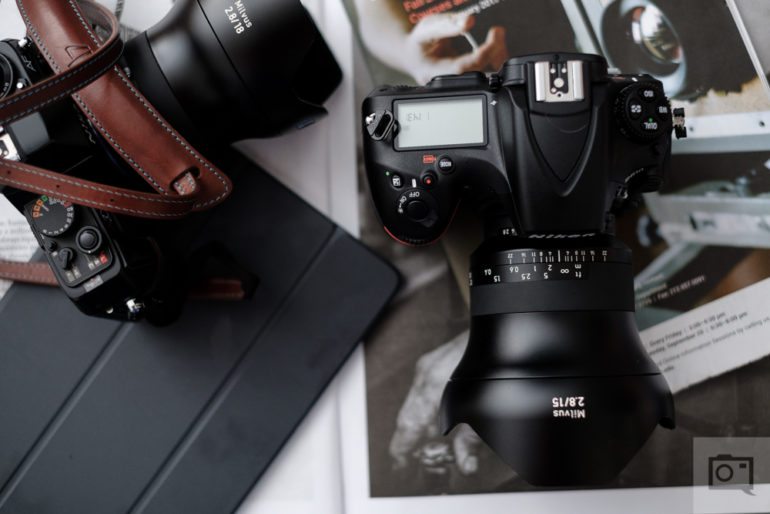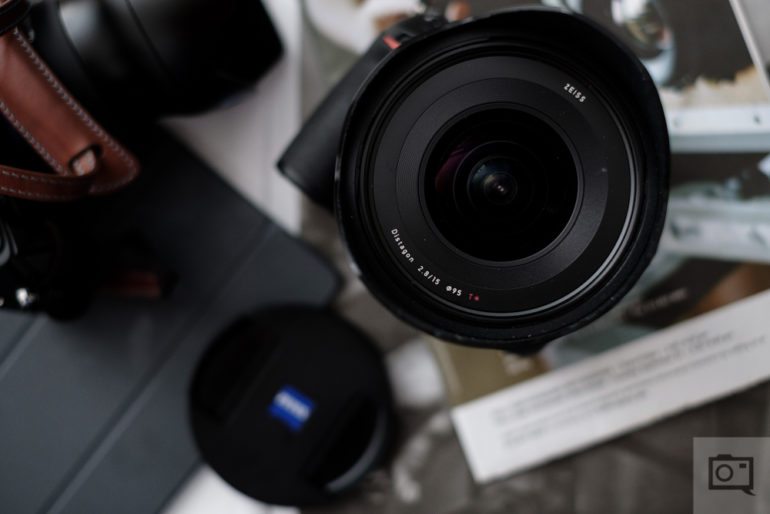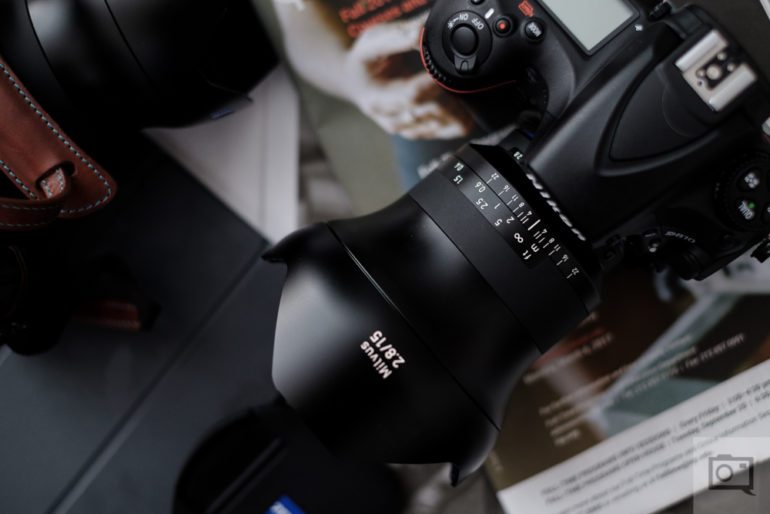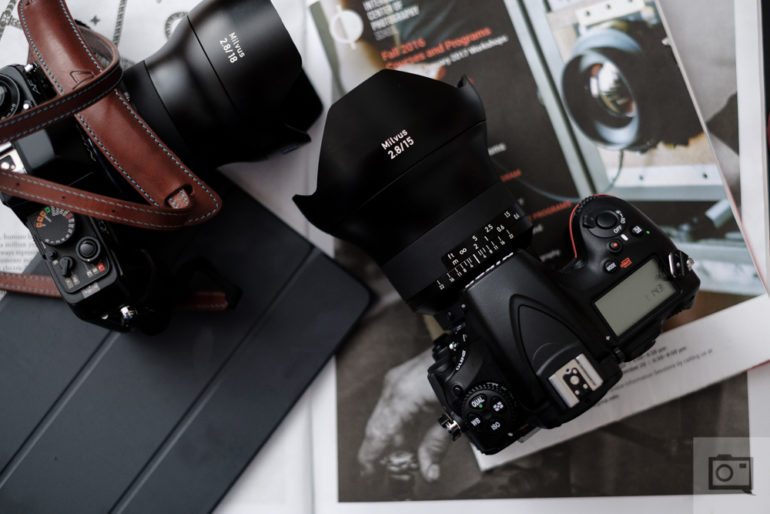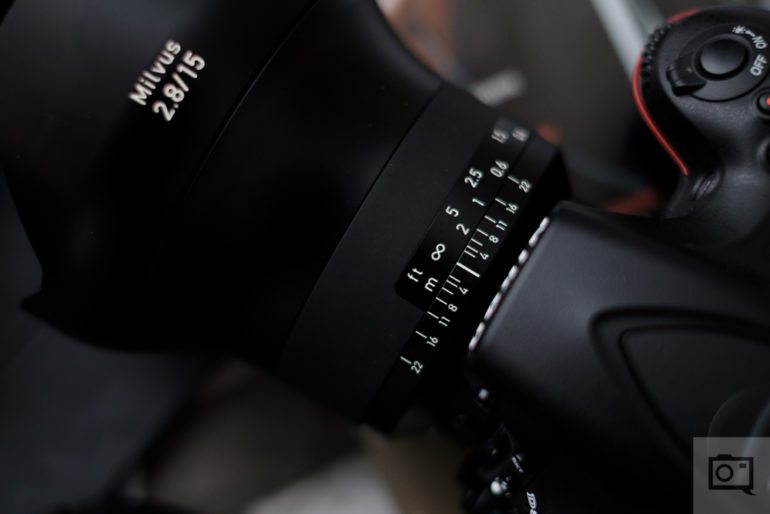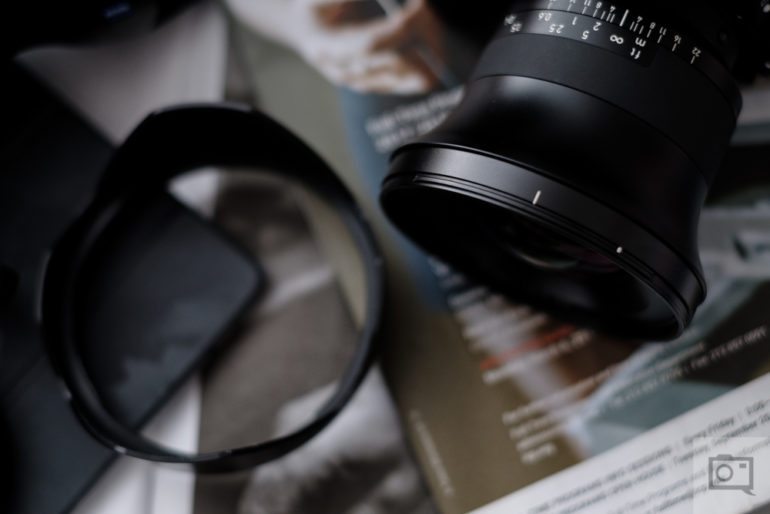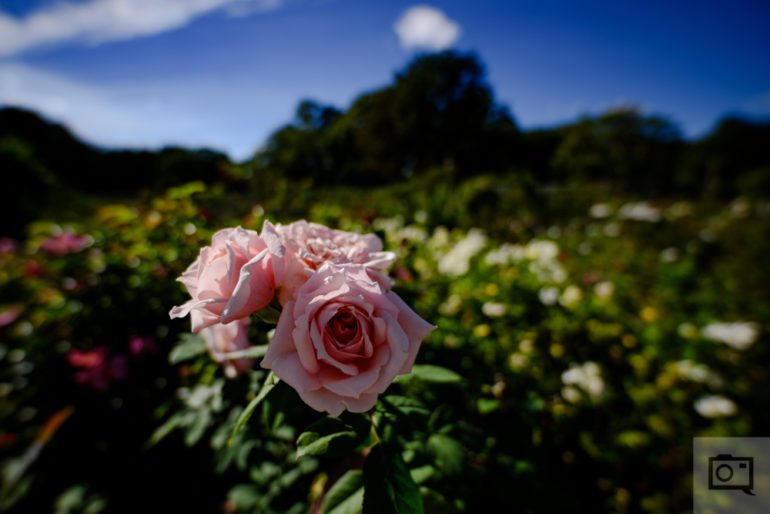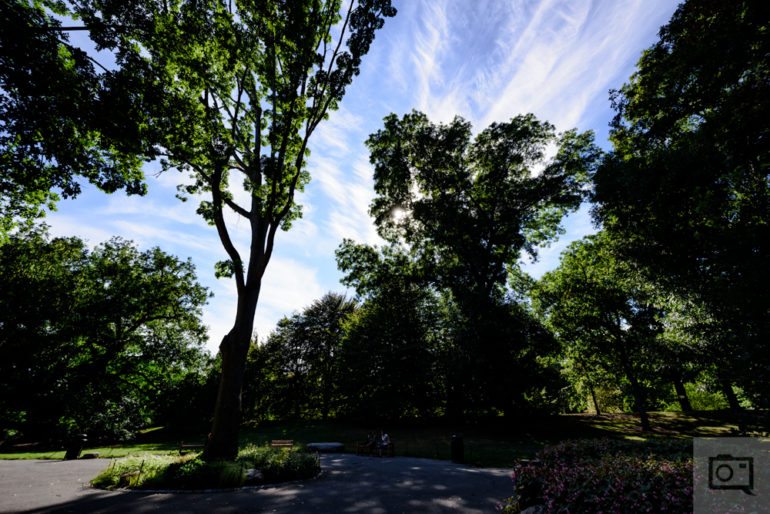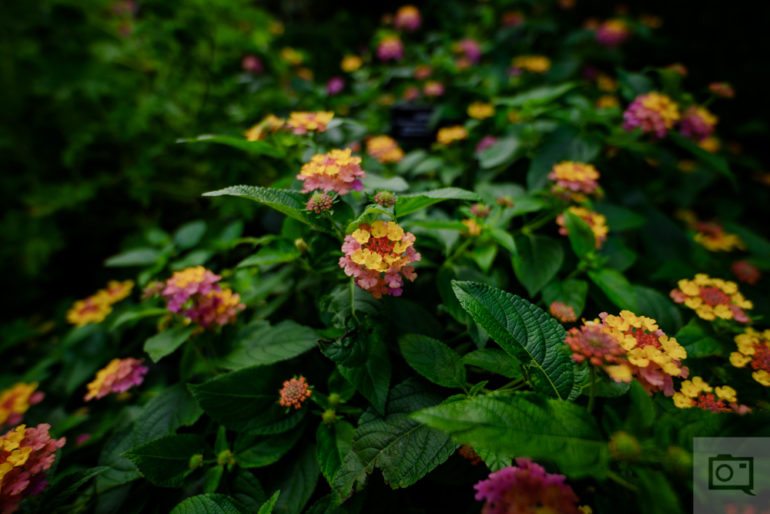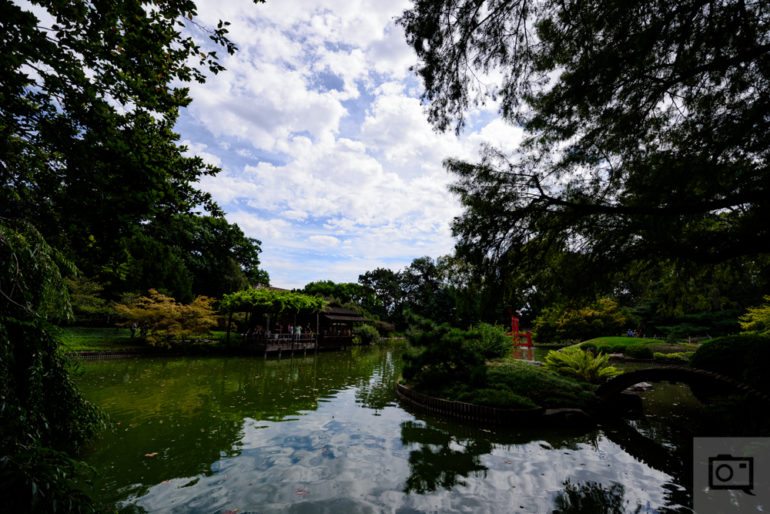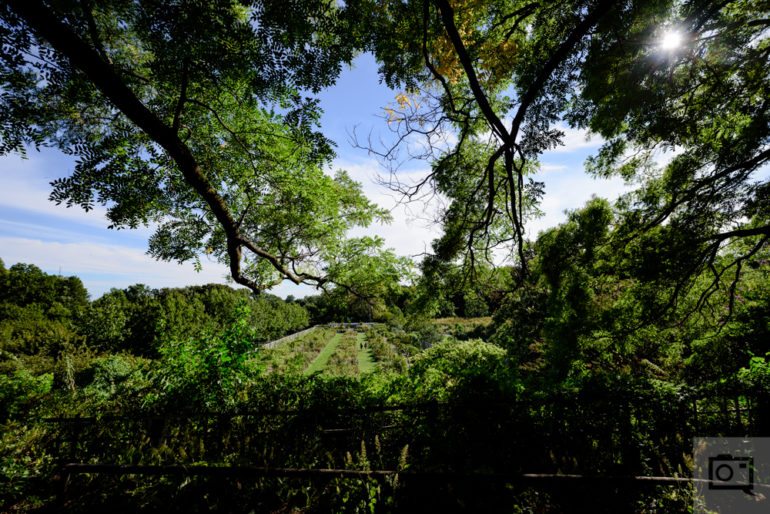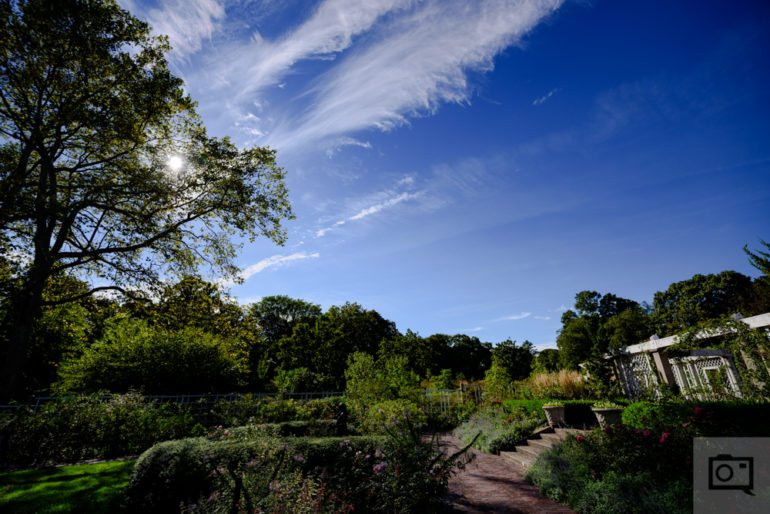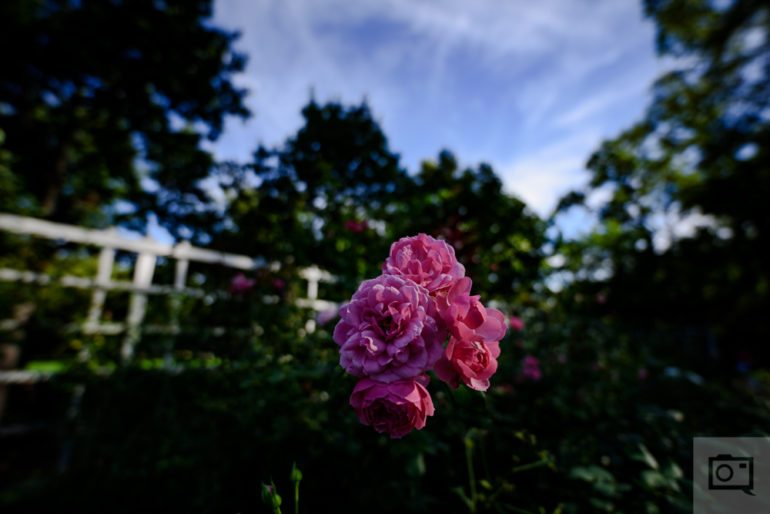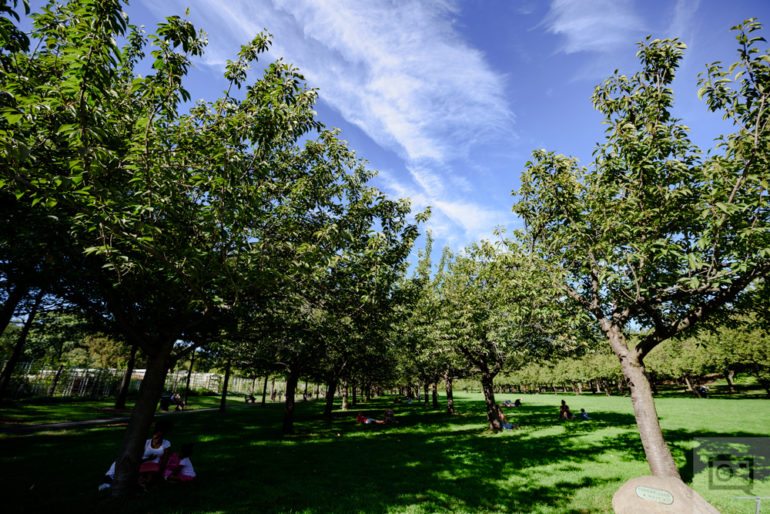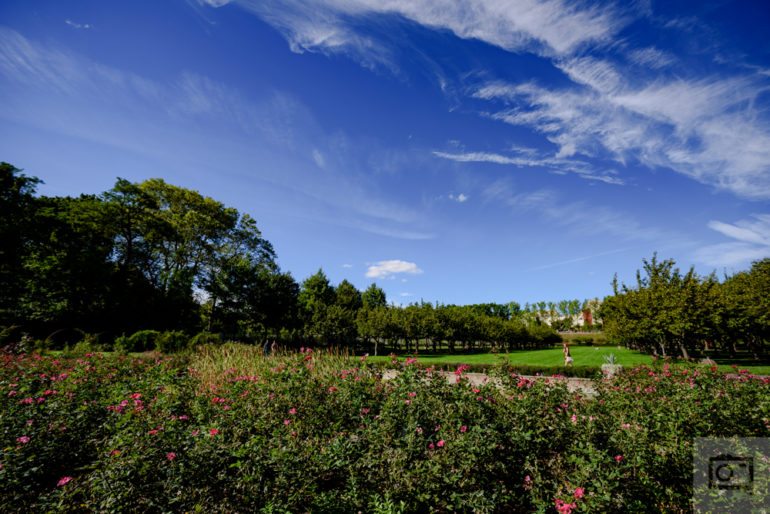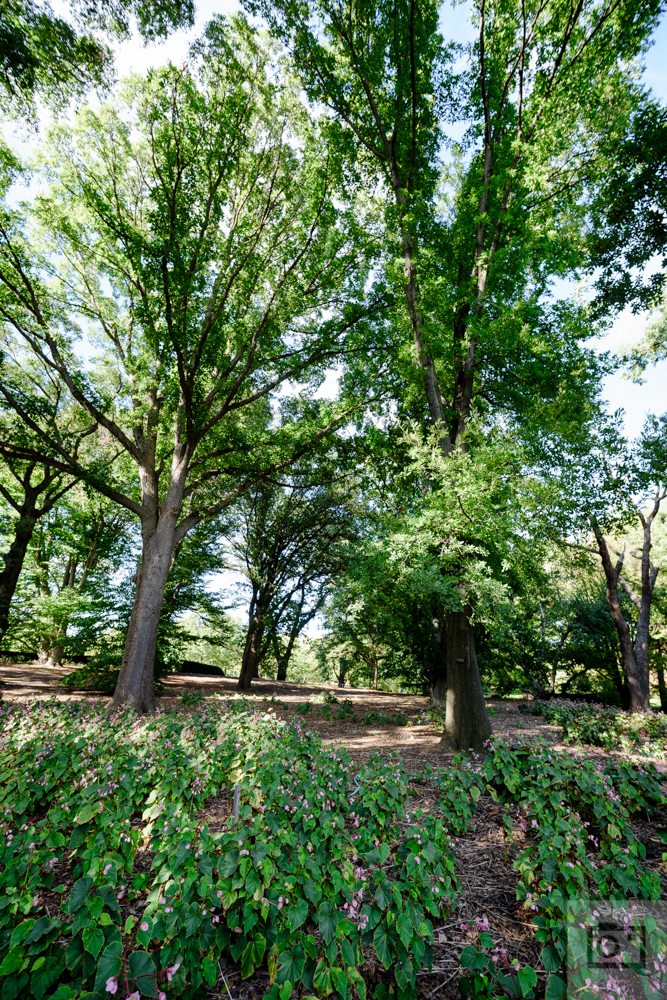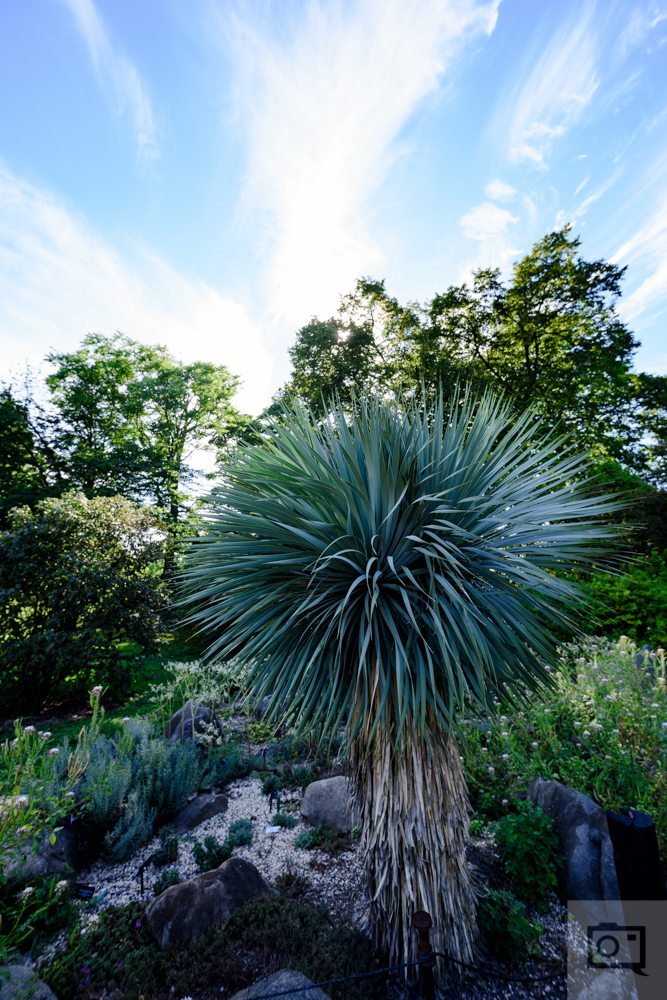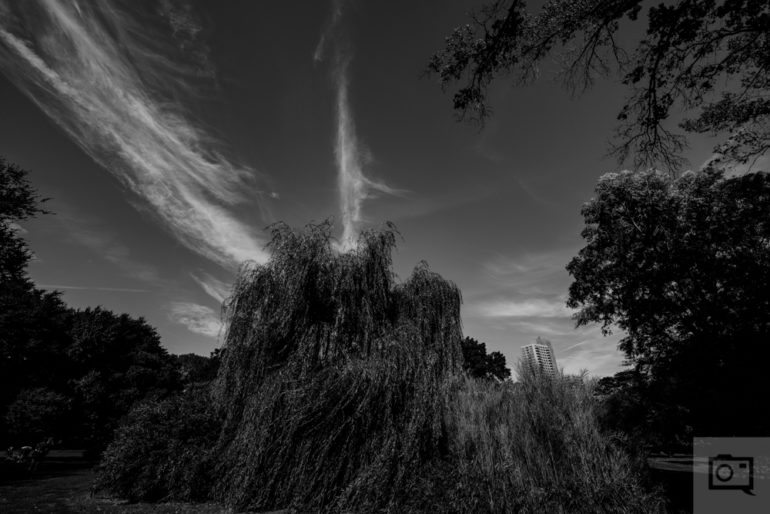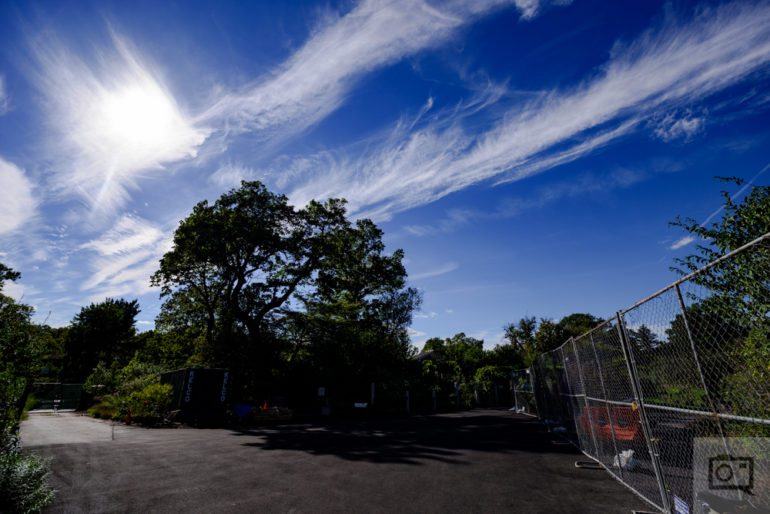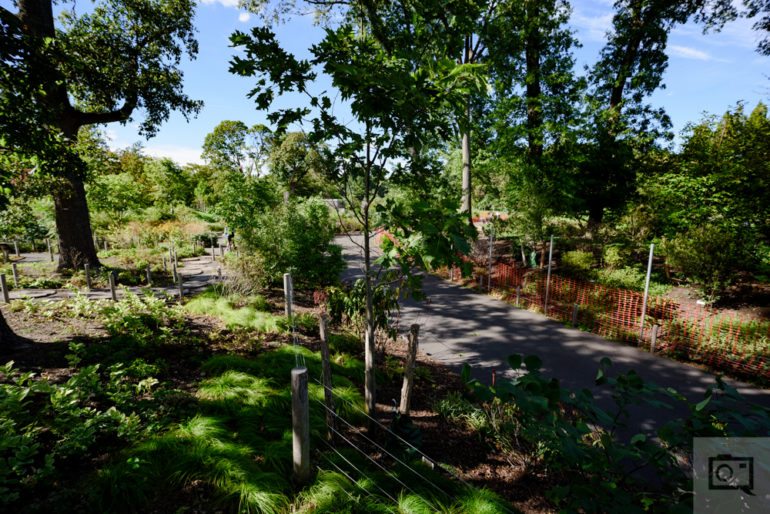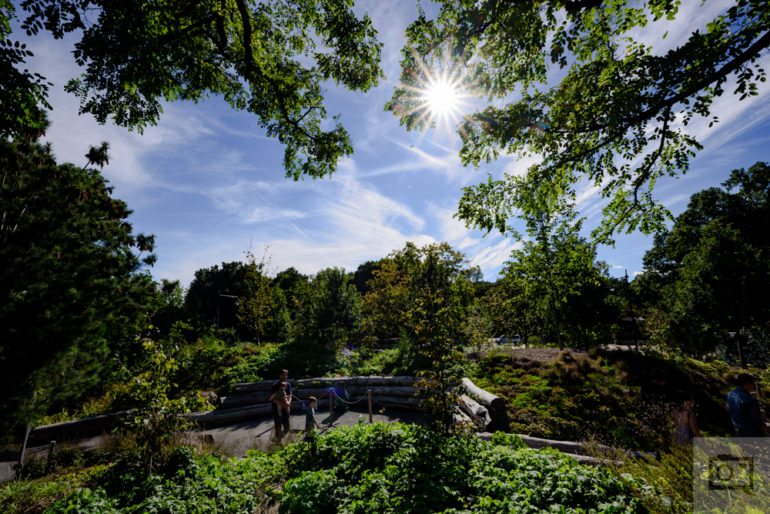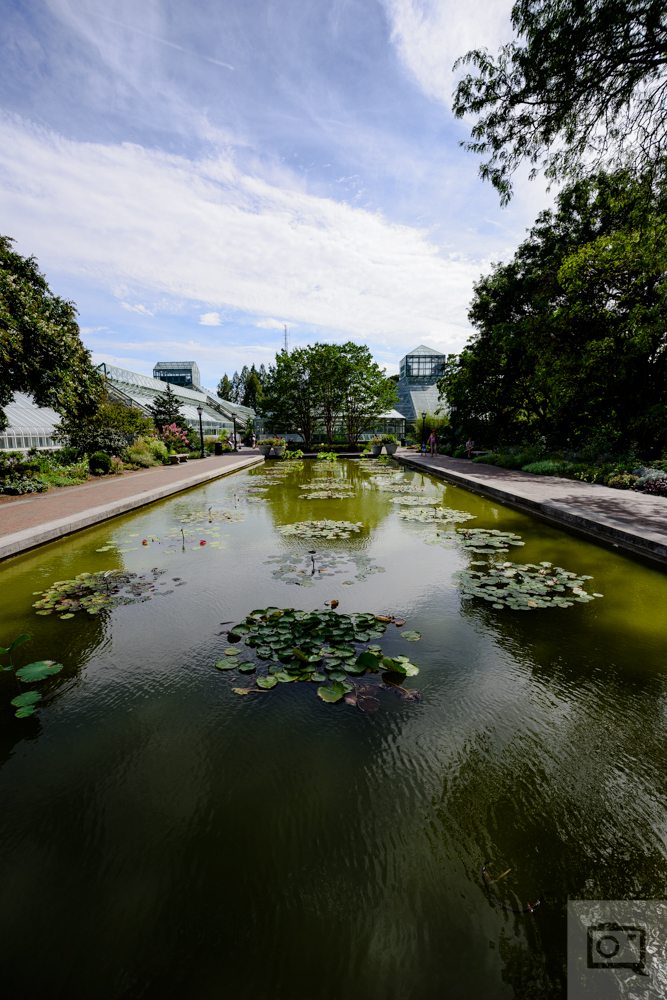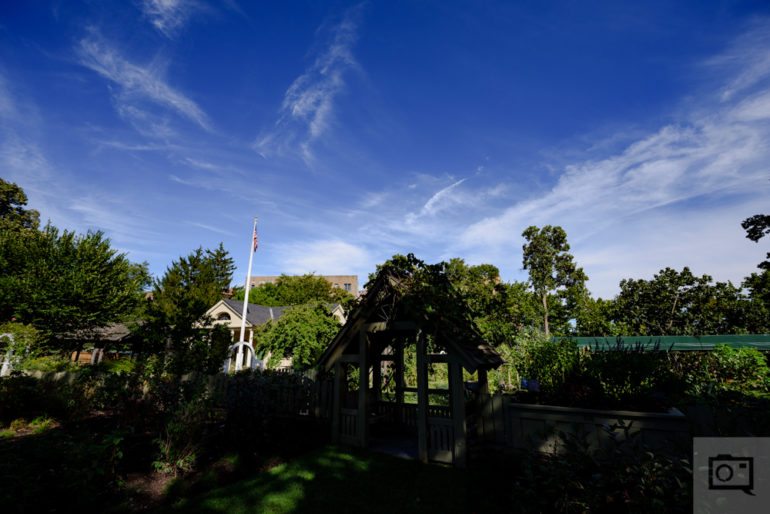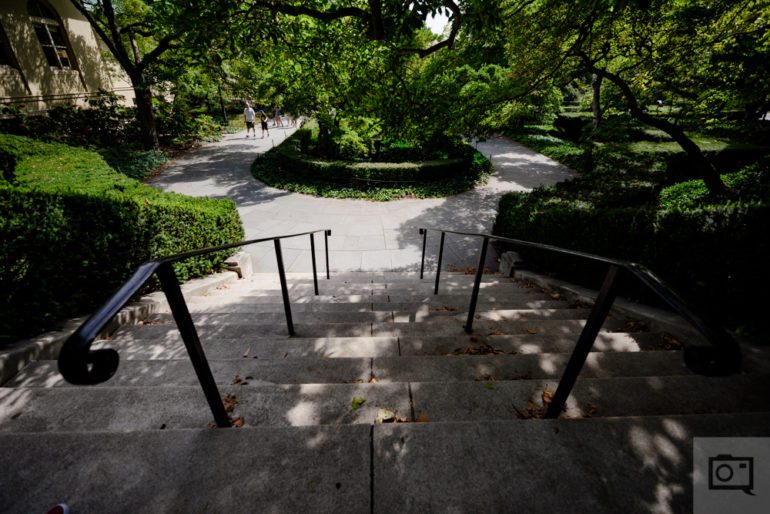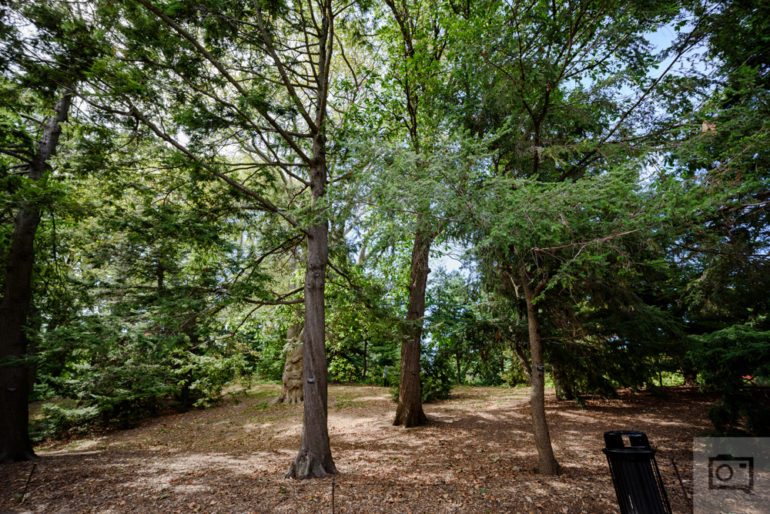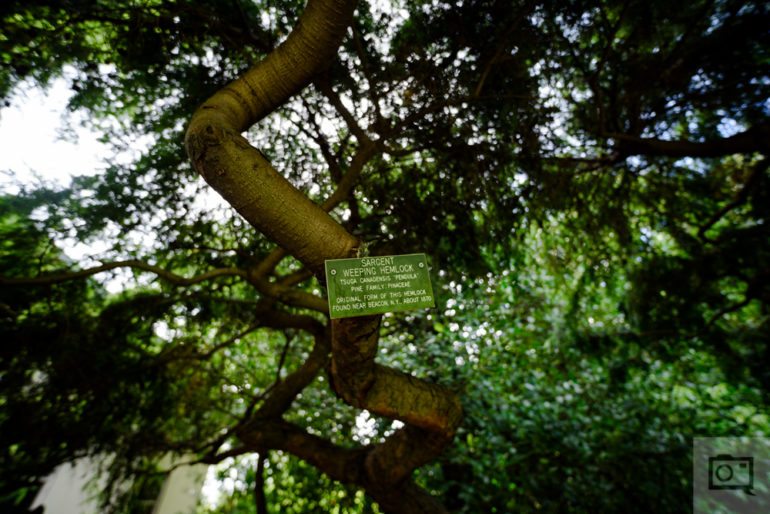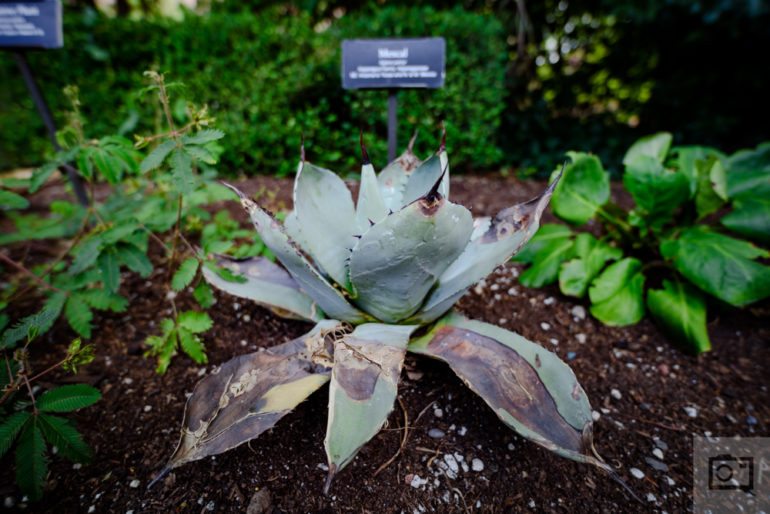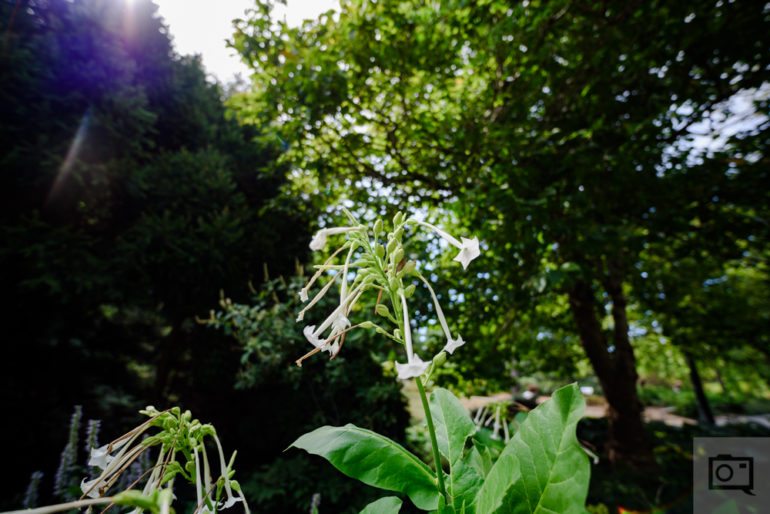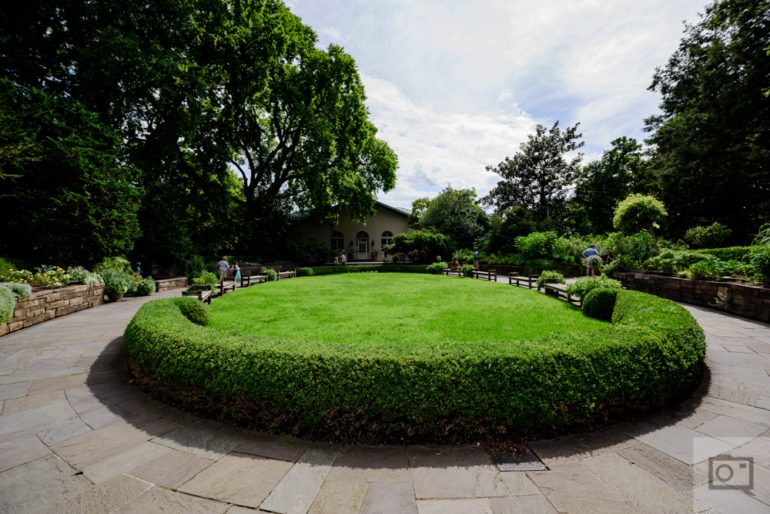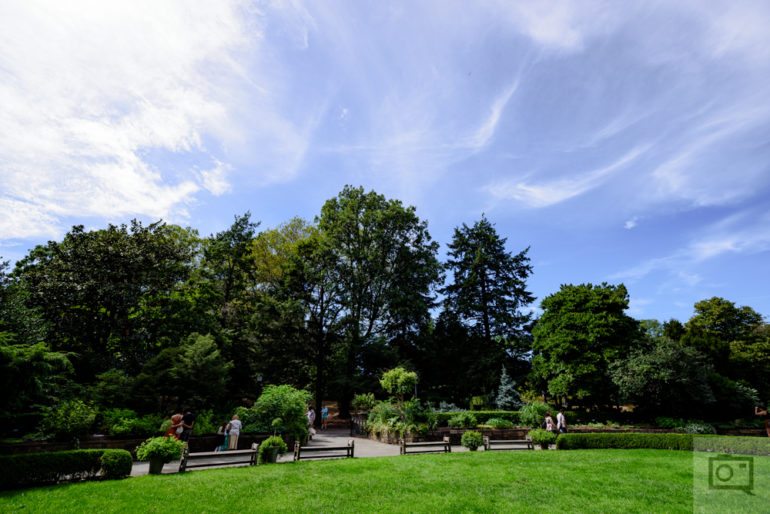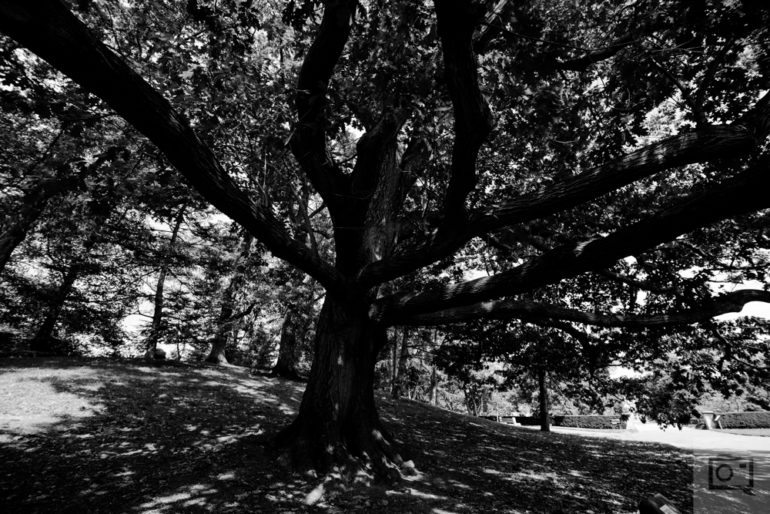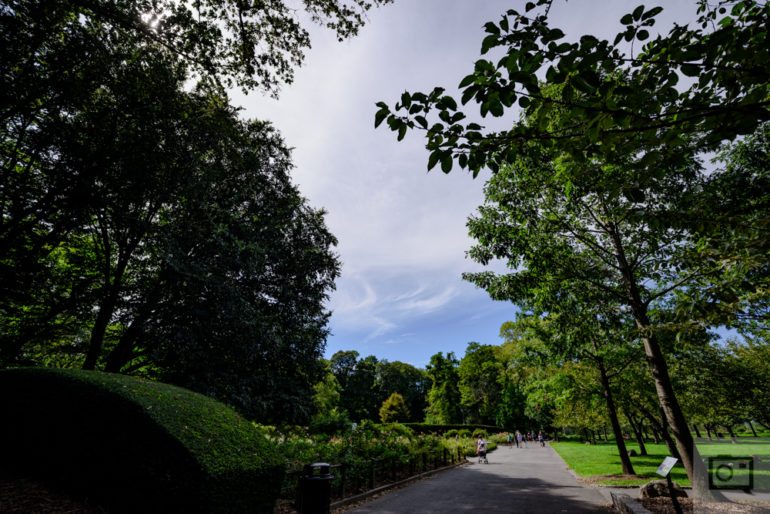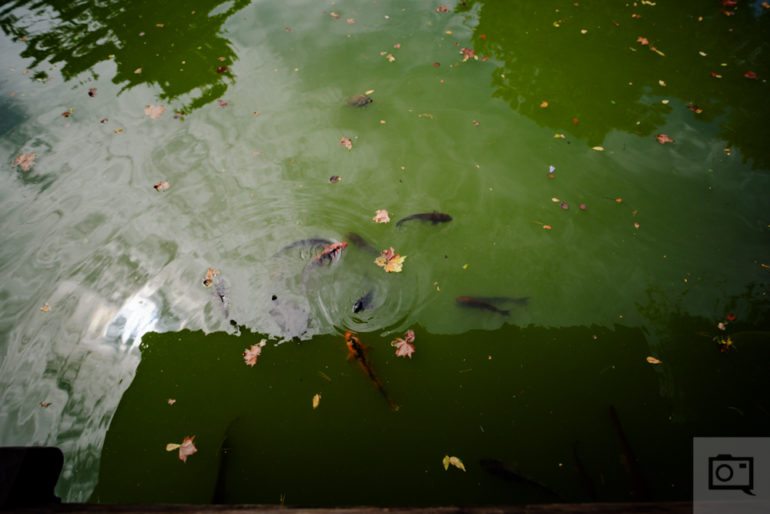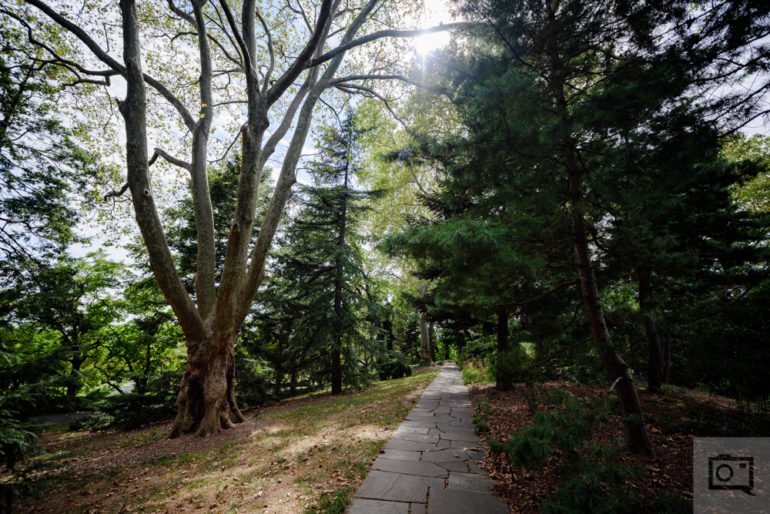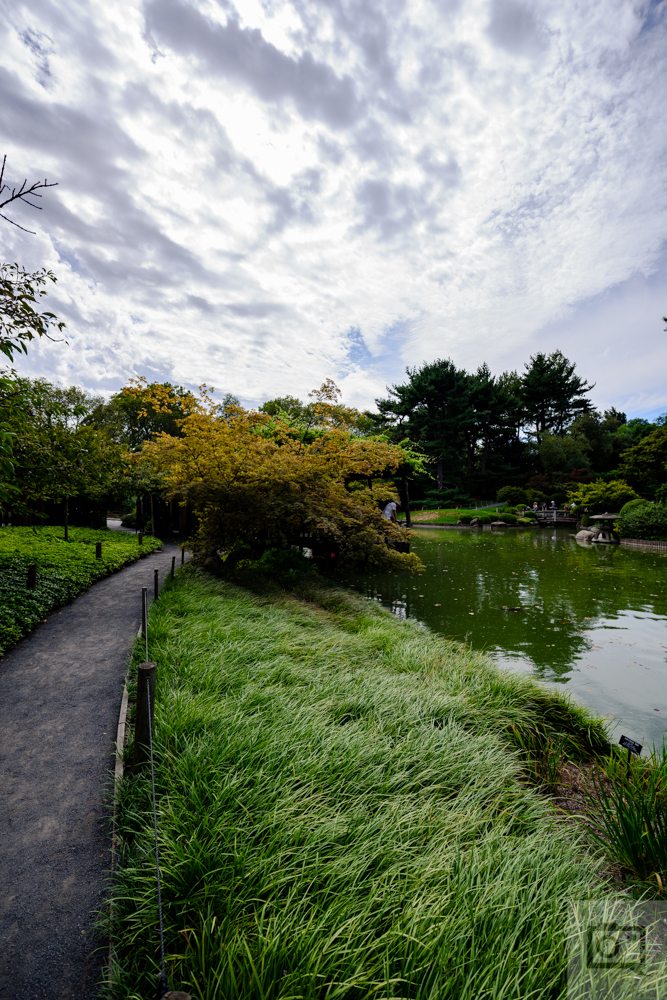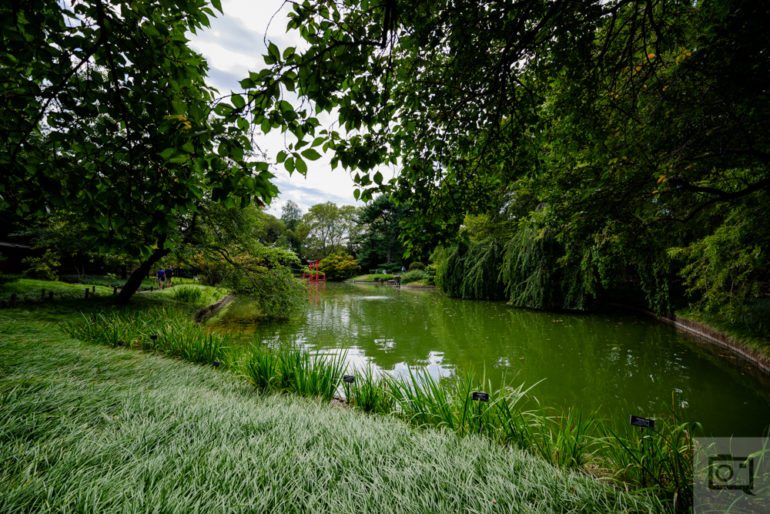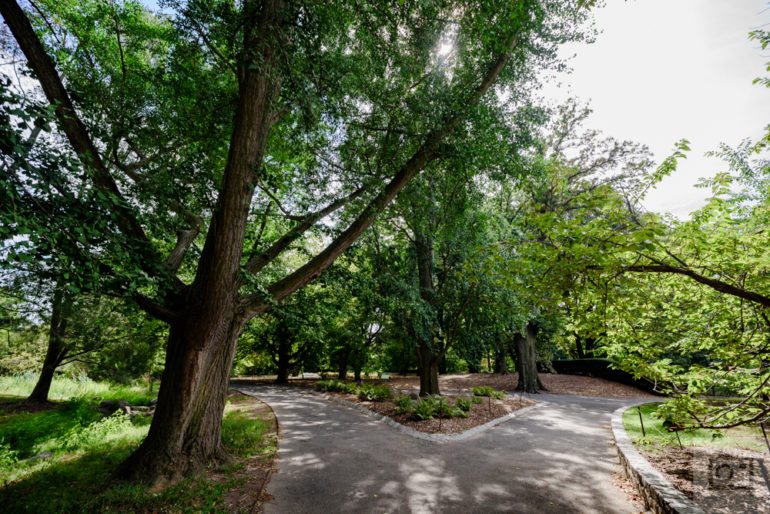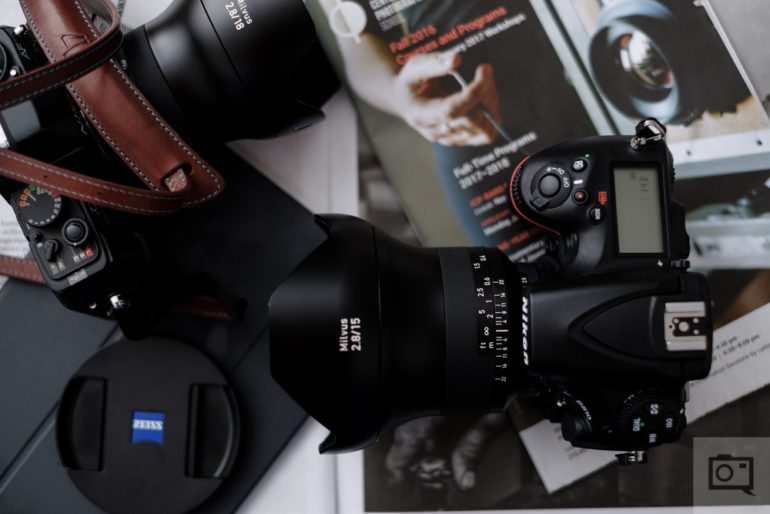Last Updated on 09/16/2016 by Chris Gampat
When you look at a Zeiss lens, it’s very common to feel gear lust–and that’s what the Zeiss 15mm f2.8 Milvus lens will create in you. As the company’s widest lens and one of the newest additions to the Milvus lineup, it’s also one that will inspire you quite a bit due to its gorgeous way of rendering the world around you. Those that will really love this lens are landscape, architecture and real estate photographers. These shooters will also most likely be ones that wok professionally especially as they’re some of the few that will be able to justify the purchase to themselves.
But if you can get your hands on one, you’ll never want to go back to anything else.
Pros and Cons
Pros
- Super sharp
- It’s almost impossible to take a bad photo with this lens
- Well built
- Not incredibly heavy
- Gorgeous image quality
- Every time you look through the viewfinder, you’re bound to see something awesome because of just how vast the viewing angle is
- Weather sealing
Cons
- Expensive
Gear Used
We tested the Zeiss 15mm f2.8 Milvus lens with the Nikon D810, Sony a7, and the Nikon N2020 with Ilford Delta 3200 film.
Tech Specs
Tech specs taken from the Zeiss website
| Focal length | 15 mm |
| Aperture range | f/2,8 – f/22 |
| Focusing range | 0,25 m (9.84″) – ∞ |
| Number of elements/groups | 15 / 12 |
| Angular field, diag./horiz./vert. | 110° / 100° / 76° |
| Coverage at close range | 340 x 221 mm (13.39 x 8.70″) |
| Filter thread | M95 x 1.0 |
| Dimensions (with caps) | ZF.2: 114,0 mm (4.49″) ZE: 117,0 mm (4.61″) |
| Weight | ZF.2: 880 g (31.0 oz) ZE: 947 g (33.4 oz) |
| Camera mounts | F Mount (ZF.2) EF Mount (ZE) |
Ergonomics
The new Zeiss 15mm f2.8 Milvus lens is lens that looks and feels a lot like many of the other Milvus lenses out there. It’s majorly characterized by a metal exterior and a large rubber focusing ring.
The front filter thread is a 95mm size–indeed one of the largest I’ve ever seen. The front element can also be protected by the removable lens hood. The previous 15mm lens had a fixed hood and a cap that went over it. But that’s not the case here.
The markings on the lens are the aperture, depth of field and focusing distance. You’ll use them accordingly to create photos at times. Only the lenses in Nikon F mount have an aperture ring. What that means is that you can connect the lens to an older film camera if you wish.
Build Quality
The Zeiss 15mm f2.8 Milvus lens is well built with a metal exterior and weather sealing on and inside the body. If you look towards the lens mount, you’ll find a blue ring that helps complete the weather sealing when it connects to a camera body.
At one point, some seawater splashed on the lens, but it kept functioning as if nothing happened to it. Part of this is due to the manual focusing abilities.
Ease of Use
This lens isn’t meant for the amateur photographer at all. For starters, you’ll need to manually focus it and pay attention to various things in the scene like focus confirmation, composition, depth of field, exposure, etc. It will frustrate photographers that are used to working a bit less for better images from their cameras. But if you stay persistent, you’ll be rewarded.
Focusing
This lens is manually focused. So you’ll need to be very careful overall. You can go about using the depth of field scale and zone focus on a scene, or you can look for the focus confirmation inside the viewfinder. The other option is using Live View to focus and help you when focusing manually.
Image Quality
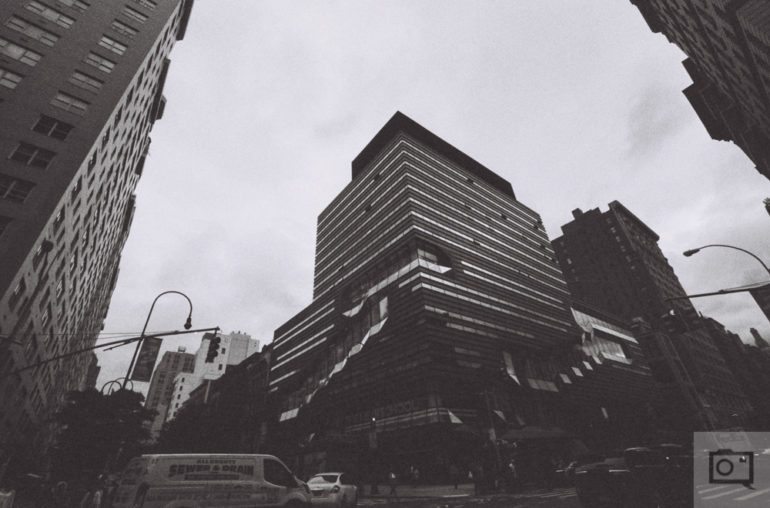
Is there distortion? Really just in the corners; but nothing that you’ll really worry about a whole lot and that others will complain about.
Bokeh
You’ll get the best bokeh from the scene that you’re shooting when exposing the scene with the lens wide open and focusing at the minimum distance. The bokeh overall it pretty nice, but I kind of like the previous 15mm’s bokeh a bit more.
Chromatic Aberration
In my tests, I couldn’t find a whole lot of purple fringing that would make me want to cry home about a problem. For what you’re paying, this is expected.
Color Rendition
The colors that the 15mm f2.8 Milvus lens can deliver are gorgeous overall. The saturation is quite strong–even more so than anything I’ve seen from Sigma. If you’re a landscape shooter, you’ll truly appreciate this.
Sharpness
Since this lens is an ultra wide angle lens, there is almost no point to try to get any bokeh from it. So you’re better off just going for straight sharpness. Indeed, this lens delivers that and you’ll appreciate how sharp the images will come out. Beyond f11, there is almost no point in stopping down unless you’re shooting film and using the Sunny 16 method.
Extra Image Samples
Conclusions
Likes
- Class leading image quality
- Weather sealing
Dislikes
- Oh man, that price!
The Zeiss 15mm f2.8 Milvus lens is one of the best wide angle lenses that I’ve used. My favorite feature is the color rendition, but you can also just get great image quality from it due to the overall design in most uses. Want bokeh? It’s there! Sharp images? Yup, that’s there too. Plus you’ll get weather sealing, great build quality and a beautiful sight in the viewfinder every time you look through it.
The Zeiss 15mm f2.8 Milvus lens deserves our Editor’s Choice award and five out of five stars. But for $2,699 you’ll need a great reason to justify the expense.
Recommended Cameras
Nikon D810: The 36MP sensor on this camera will give you lots of detail and better sharpness.
Canon 5Ds: The 50MP sensor here is perhaps the best on the market to work with this lens.


